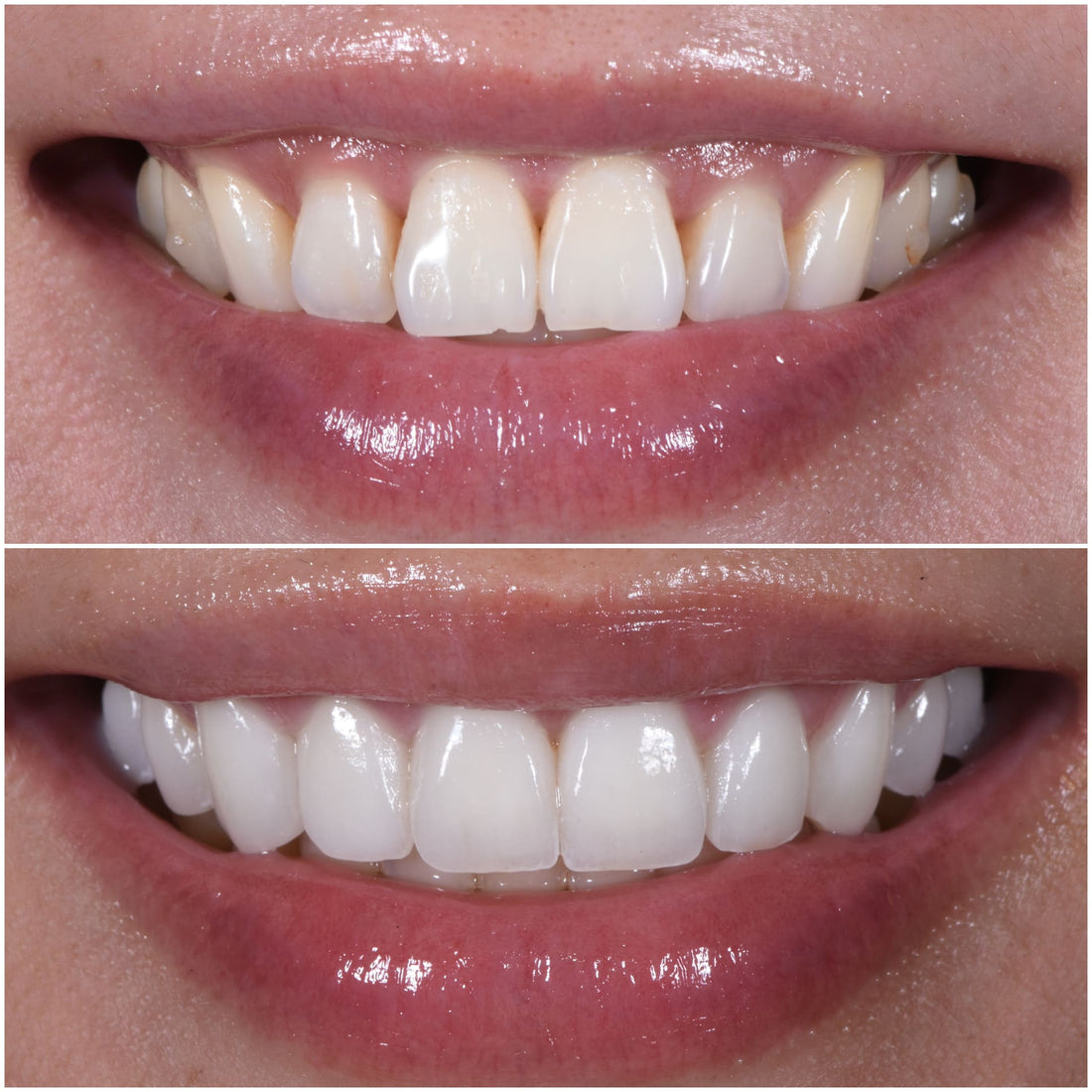Cosmetic Dentistry Veneers: What You Need to Know for a Natural-Looking Smile
Estimated reading time: 7 minutes
Key Takeaways
- *Cosmetic dentistry veneers offer an instant smile transformation by addressing stains, chips, and alignment issues.*
- *They provide a natural-looking solution that is becoming increasingly popular in Australia.*
- *Alternative treatments like bonding, whitening, and orthodontics may be considered based on individual needs.*
- *Personalised treatment and choosing the right cosmetic dentist are crucial for ensuring the best outcome.*
Table of Contents
- Understanding Cosmetic Dentistry Veneers
- The Role of a Cosmetic Dentist
- Veneers Preparation Process
- Pros and Cons of Cosmetic Dentistry Veneers
- Veneers vs Bonding & Other Alternatives
- Choosing the Right Dentist and Aesthetic Style
- Conclusion
Understanding Cosmetic Dentistry Veneers
Driven by digital influencers and inspired by trending social media feeds, cosmetic dentistry veneers have become a hot topic in Australia. This dental aesthetic procedure is undergoing a popularity surge, thanks to its potential to deliver beautiful, natural-looking smiles (source URL). This blog post aims to provide you with a comprehensive understanding of cosmetic dentistry veneers, their pros and cons, and how you can navigate various smile makeover options to best fit your aesthetic goals.
Cosmetic dentistry veneers are thin, custom-made shells typically crafted from porcelain or composite resin. These purpose-designed skins are meticulously bonded to the surface of your teeth, providing an instant solution to an array of dental imperfections. Whether it's stubborn discolouration resistant to whitening, chips that mar your grin, or irregularities in tooth shape and alignment, cosmetic dentistry veneers can be the makeover magic wand for your smile (source URL).
Unlike bonding or whitening, which address isolated issues, veneers tackle multiple aesthetic challenges at once. It’s like having a versatile art form for your smile that celebrates natural beauty.
The Role of a Cosmetic Dentist
In the world of dentistry, a cosmetic dentist is the artistic maverick redefining the aesthetics of your smile. While general dentists focus on oral health and routine care, cosmetic dentists have honed their craft to enhance structure and appearance. Experts like Dr. Joyce Kong from the Orange County demonstrate refined skills in material selection, tooth shading, and procedure meticulousness—all essential for achieving realistic veneer outcomes (source URL).
Veneers Preparation Process
Undergoing the veneer procedure starts with an in-depth consultation where your dental needs and dreams are discussed. This session illuminates the entire veneers preparation process and sets the stage for a successful transformation.
For traditional veneers, your dental professional will "shave" off a minute amount of your tooth enamel – typically less than 1mm – to ensure a perfect fit. The advent of no-prep veneers, which involve minimal or no drilling, caters especially to those with well-aligned teeth and minor imperfections. The emphasis remains on personalised treatment, preserving your natural tooth structure to enhance your original smile (source URL).
Pros and Cons of Cosmetic Dentistry Veneers
Like any transformative procedure, cosmetic dentistry veneers come with a mix of benefits and considerations:
- Instant aesthetics boost by correcting stains, chips, and minor alignment issues.
- Requires diligent maintenance, including gentle cleaning and regular dental check-ups.
- Not a permanent solution – veneers typically need replacement every decade.
- Choosing veneers is a long-term commitment; it’s essential to weigh both the allure of a perfect smile and the upkeep it demands (source URL).
Veneers vs Bonding & Other Alternatives
It’s not always necessary to opt for a complete set of veneers, especially when facing even seemingly challenging issues. Several smile makeover alternatives exist:
- Bonding: A minimal, purse-friendly option using a tooth-colored resin to fix minor imperfections such as chips or gaps. Although less durable and stain-resistant, it offers a temporary and reversible solution.
- Professional Whitening Treatments: Designed for those with stubborn stains, these procedures use potent bleaching solutions and sometimes light-activated technology for rapid results.
- Orthodontics (including Invisalign): Best suited for alignment issues but do not affect tooth shape or color.
As a rule, cosmetic dental procedures should progress from the least invasive treatment to more advanced interventions, preserving as much of your natural tooth as possible.
Choosing the Right Dentist and Aesthetic Style
Selecting your cosmetic dentist is akin to choosing an artist; their aesthetic style, experience, and previous results should resonate with your vision. By reviewing their portfolios—featuring before and after photos and active social media profiles—you can determine if they align with your desired outcome (source URL).
Clear communication regarding your aesthetic preferences is paramount. The trend in Australia is shifting from the exaggerated 'Hollywood' veneers to more subtly natural enhancements. Seek out dental clinics that embrace cutting-edge digital smile design tools and foster a collaborative approach, ensuring your final smile is a true reflection of your individuality.
Conclusion
Choosing cosmetic dentistry veneers is a significant decision that calls for thorough research and understanding. Whether you opt for veneers, no-prep veneers, bonding, whitening, or orthodontics, each treatment serves a unique role in elevating your smile.
Always remember that there is no one-size-fits-all solution in cosmetic dentistry. Your dental decisions should balance long-term health with aesthetic aspirations. With the right guidance from a skilled cosmetic dentist and a clear vision of your ideal smile, your journey to a radiant transformation becomes both attainable and enjoyable.
Frequently Asked Questions
Q: Are veneers painful?
A: In general, the veneer placement process should cause minimal discomfort. You might experience some sensitivity after enamel preparation, but this is usually manageable and temporary.
Q: Can veneers break easily?
A: High-quality veneers are designed to be durable. However, like your natural teeth, they are not indestructible. Avoid biting hard objects to ensure longevity.
Q: Can you get veneers on just one tooth?
A: Yes, veneers can be applied to a single tooth if it is discoloured, chipped, or misshapen. The key is ensuring the veneered tooth is perfectly color-matched with your natural teeth.
Q: What’s the difference between porcelain and composite resin veneers?
A: Porcelain veneers offer superior toughness, stain resistance, and a natural light-reflective quality. Composite resin veneers, however, require less removal of tooth enamel and are more reversible, though they tend to stain more easily and have a shorter lifespan.
Q: Are there any risks of getting veneers?
A: The procedure is generally safe. Some patients might experience temporary sensitivity or, in rare cases, an allergic reaction. It’s important to discuss any concerns with your dentist, as veneers become a permanent alteration once your enamel is reduced.





